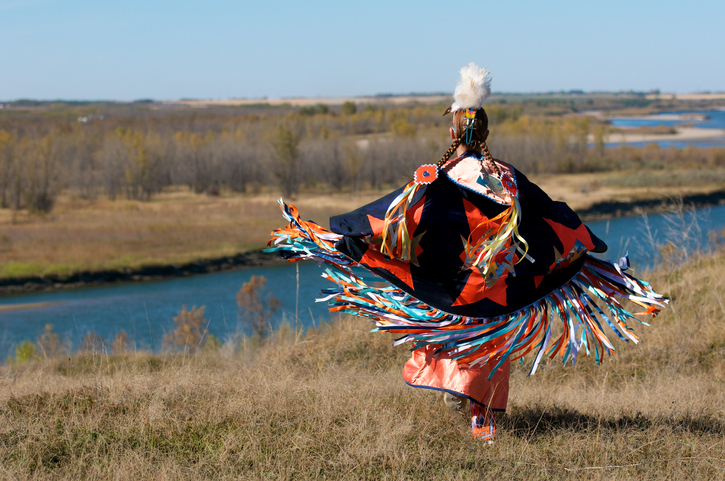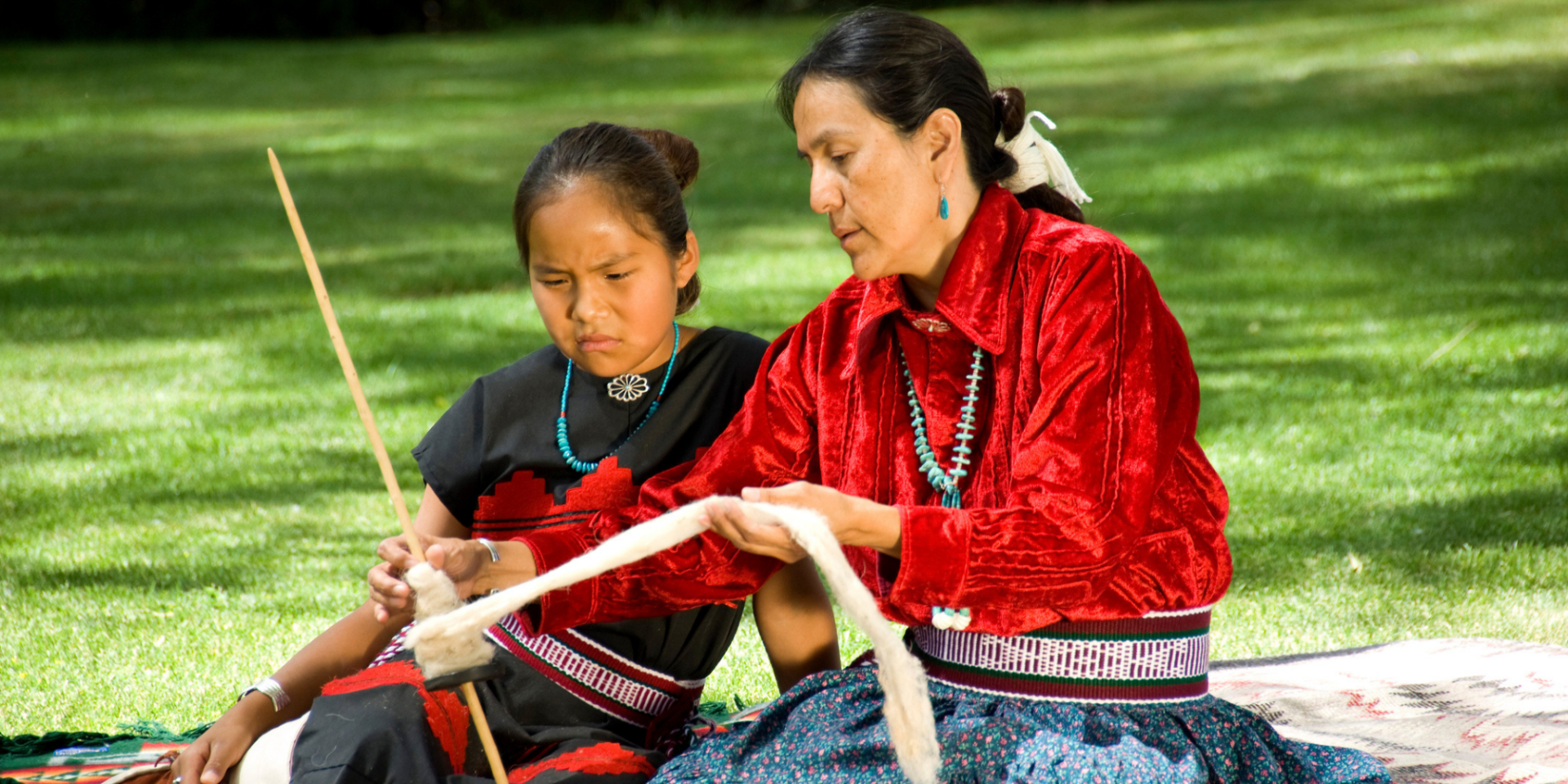American Indian vs Native American: Which Should You Use?
There is a lot of debate and strong feelings within our nation connected to how to identify various groups. At Studies Weekly, we diligently work to create and nurture inclusive content using acceptable terms.
When referring to Indigenous People in the United States, some state standards use American Indians while others prefer Native Americans. This inconsistency can cause educators to wonder which term is correct. To ensure that our curriculum developers write about Indigenous People appropriately, we consulted several sources.
Here’s some background information to help you and your teachers use appropriate language when talking about Indigenous People.
History of the Term American Indian
When Christopher Columbus came to the New World, he called the indigenous people “Indios” because he thought he’d landed on the coast of “the Indies” or South Asia, according to Elizabeth Prine Pauls in her Britannica article. The term “America” came from German cartographer Martin Waldseemüller who published a map of the New World 1507, naming the continents after the Italian explorer Amerigo Vespucci.
To eliminate confusion, officials started saying “American Indian” to differentiate indigenous peoples in the US from people in India.
Who Uses American Indian
Many organizations founded and run by members of indigenous tribes prefer using American Indians, including:
- American Indigenous Business Leaders
- American Indian Society of Washington DC
- Association on American Indian Affairs
- National Congress of American Indians
- National Indian Child Care Association
Russell Means, an activist, actor, and member of the Oglala Lakota Nation, said in 1996, “At an international conference of Indians from the Americas held in Geneva, Switzerland at the United Nations in 1977, we unanimously decided we would go under the term American Indian. We were enslaved as American Indians, we were colonized as American Indians, and we will gain our freedom as American Indians.”

History of the Term Native American
In the 1960s, activists spoke out against the term American Indian, saying it was inaccurate and offensive to the indigenous people. They said that because the indigenous nations were here before European settlers came, they are the true natives.
Who Uses Native American
Many prominent organizations in the US favor the term Native American, including:
- Native American Capital
- National Native American AIDS Prevention Center
- Native American Rights Fund
- Native American Financial Official Association
However, some indigenous people reject this term because, again, white people assigned it to them, according to Crystal Raypole’s March 2021 Healthline article. Instead, they prefer to identify as Indian or American Indian.
In a 2018 Indian Country Today article, Amanda Blackhorse interviewed multiple Native people about their preferences. The majority preferred to be identified by their tribe above all else, but for a general blanket term, some mentioned simply using the word, “indigenous,” while others preferred, “Native.”
What About Alaska Natives?
According to The Alaska Federation of Natives, Alaskan Native peoples are made up of many different indigenous nations. Encourage your teachers to be specific when possible. However, it’s okay to use Alaskan Native as a general term.
What does Studies Weekly use?
At Studies Weekly, we strive to promote diversity and inclusion by having different perspectives in our Social Studies curriculum, including the history of indigenous nations in the United States.
The tribal designation is one that Studies Weekly has reached out to tribal leaders for their preferences. Whenever possible, most prefer to be called by their specific tribal name, and when referred to as a multi-tribal group, prefer the terms American Indian or Indigenous People.
Based upon those conversations, and the fact that the U.S. Federal Government only allows tribal government status for those formally recognized as American Indians, we use the terms Indigenous People, Native American, and American Indians interchangeably, when referring to more than one tribe in a collective group. If a state’s standards have a preference for one term, we align with that.
We encourage teachers to name specific indigenous nations whenever possible in their own teaching.
Teachers can also customize online tests to match their preferences; see this guide to learn how.
As educators use Studies Weekly publications and media resources, they will cultivate respect and appreciation for indigenous nations in their elementary school students.
